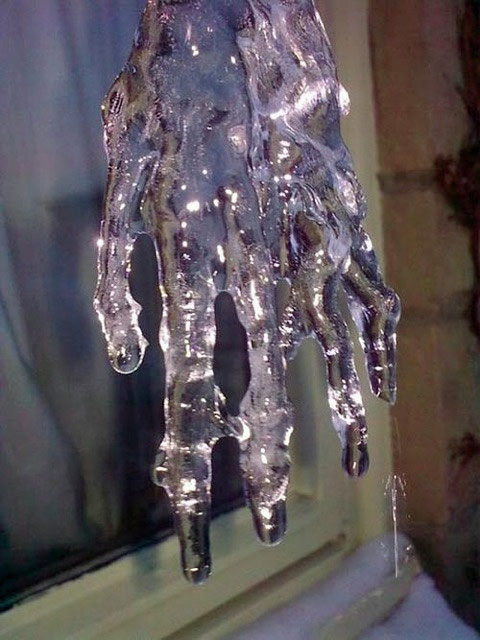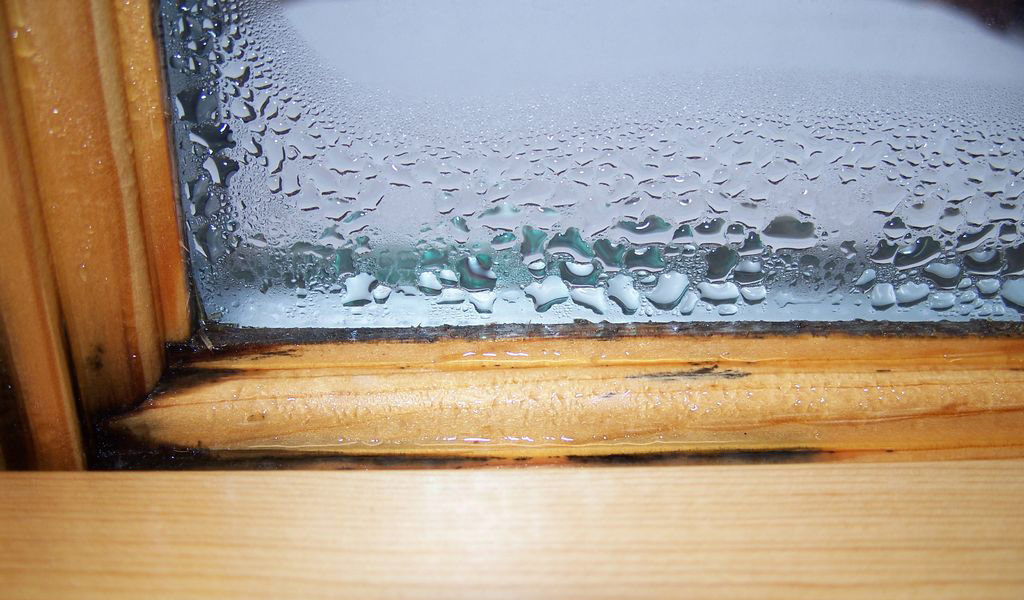Window Condensation
Window condensation has been a long-standing problem in the wintertime with windows in Minnesota. Home owners can reduce their interior humidity in the cold winter months to control the condensation on their windows.
Condensation is the result of high humidity levels in your home. Air with high humidity holds water vapor until it comes into contact with a surface temperature less than or equal to the dew point (the temperature at which air becomes saturated and produces dew). Because glass surfaces are usually the coldest part of the home, condensation appears on windows first, generally in the form of water droplets or frost on the interior of your window. As interior air becomes drier or as the glass surface becomes warmer, condensation begins to dissipate.
One helpful hint for those without air-exchangers is to turn your furnace fan setting on your thermostat from “Auto” to “On” for continuous air circulation during extremely cold days.

NFRC condensation resistance ratings for windows
The National Fenestration Rating Council (NFRC) has developed a system for rating the condensation resistance (CR) of fenestration products. The Condensation Resistance figure shows the CR for a range of double-glazed windows. The CR is a function of the frame, spacer, and glazing type—a high CR is better. The worst performance occurs with non-thermally broken metal frames where the CR falls in a range of 10–23 regardless of glazing type. The CR for metal frames with thermal breaks is higher—in the range of 30–42.
The greater insulating value of non-metal frames results in better condensation performance resistance. Because the non-metal frame is no longer the dominant factor, the glazing type affects the CR to a greater degree. With clear glass, the CR range is 35–48. With low-E glazings, the range is 40–60. The wide range in CR reflects differences in types of low-E coatings and spacers. Low-conductance spacers are often used in combination with low-E glazings, increasing the condensation resistance.
NFRC condensation resistance ratings for windows
Based on engineering studies at 70° F conducted at the University of Minnesota Labs.

| Outside Temperature | Inside Humidity |
| 20° F to 40° F | Not over 40% |
| 10° F to 20° F | Not over 35% |
| 0° F to 10° F | Not over 30% |
| -10° F to 0° F | Not over 25% |
| -20° F to -10° F | Not over 20% |
| -20° F or below | Not over 15% |
Why is the Gerkin Air Infiltration rating important to consider?
Condensation between two pieces of insulated glass is an indication of seal failure.
The negative effects of condensation
Excessive amounts of condensation can contribute to the growth of mold or mildew and it can damage painted surfaces and eventually rot wood trim.
High interior humidity can potentially cause structural damage to your home and create health hazards for your family. The sign of condensation on glass is a good indicator that humidity levels are too high.
Major structural and health-related issues often occur in the unseen areas of wall cavities, attics, and crawl spaces. The important thing to remember is that your windows are trying to tell you to reduce indoor humidity before it causes hidden, costly problems elsewhere in your home.

Tips to prevent excessive condensation
- Raise the average temperature of the house one or two degrees.
- Vent the stove range hood to the outside and reduce steam by covering pots.
- Vent bathroom and kitchen exhaust fans to the outside.
- Vent the attic and crawl spaces so moisture has a chance to dry out.
- Do not block heating vents.
- Properly vent appliances to the outside: use clothes dryer instead of hanging wet clothes indoors.
- Open window coverings and blinds and make sure interior doors are left open during the day to allow air circulation.
- Relocate heat vents below windows and patio doors.
- Be sure all vent ducts are clear of dirt and debris.
- Make sure furnace is working properly and serviced regularly. Look into dryer heat sources such as gas or electric furnaces.
- Install an Air-to-Air exchanger to vent moist air outside.
- Turn your furnace fan to continuous “On” during extremely cold days if you don’t have an Air-to-Air exchanger.
- Circulate air with small fans and use a ceiling fan to circulate warm room air toward windows.
- Run a dehumidifier to reduce excess moisture.
- Dry firewood outside.
- Channel water away from the home’s foundation.
